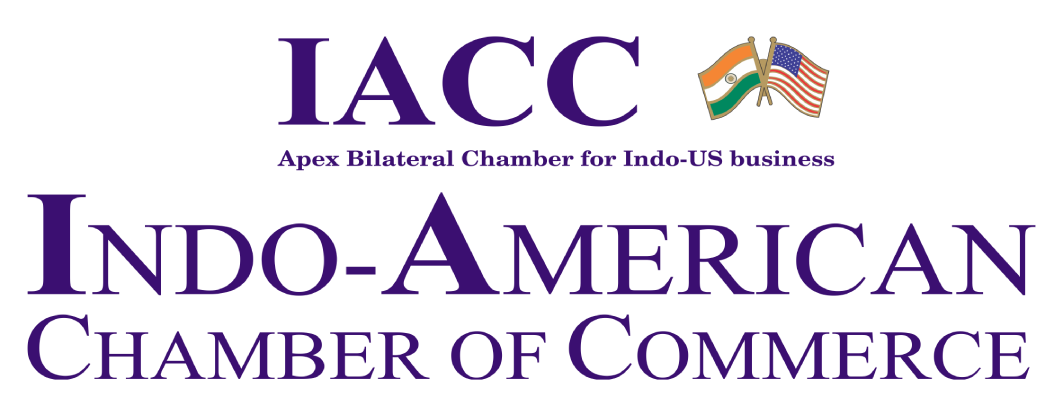[et_pb_section bb_built=”1″ fullwidth=”off” specialty=”off” _builder_version=”3.0.63″ background_image=”https://www.iaccindia.com/wp-content/uploads/2017/07/Elegant_Background-4.jpg” custom_padding=”0px||0px|” parallax_method=”off” background_size=”initial” background_position=”top_center” parallax=”on”][et_pb_row _builder_version=”3.0.63″ background_position_1=”top_left” background_repeat_1=”no-repeat” custom_padding=”||0px|” make_fullwidth=”on” use_custom_gutter=”on” gutter_width=”1″][et_pb_column type=”4_4″][et_pb_text admin_label=”Page Title” _builder_version=”3.0.71″ background_layout=”light” text_orientation=”left” border_style=”solid” module_class=”iacc-pagewidth iacc-header-row”]
Maharashtra Overview
[/et_pb_text][et_pb_code admin_label=”Breadcrumbs” _builder_version=”3.0.63″ custom_css_main_element=”background-color: rgba(0,0,0,0.35);||padding: 8px 0;” module_class=”iacc-breadcrumb”]<div class=”iacc-pagewidth”>Home > </div>[/et_pb_code][/et_pb_column][/et_pb_row][/et_pb_section][et_pb_section bb_built=”1″ fullwidth=”off” specialty=”on” _builder_version=”3.0.63″ background_position_1=”top_left” background_repeat_1=”no-repeat” background_position_2=”top_left” background_repeat_2=”no-repeat” use_custom_gutter=”on” gutter_width=”2″ background_color=”#f2f2f2″ padding_top_1=”0px” padding_top_2=”0px” module_class=”iacc_last_section”][et_pb_column type=”3_4″ specialty_columns=”3″][et_pb_row_inner _builder_version=”3.0.63″ background_position_1=”top_left” background_repeat_1=”no-repeat” custom_padding=”0px|||”][et_pb_column_inner type=”4_4″ saved_specialty_column_type=”3_4″][et_pb_text _builder_version=”3.0.71″ background_layout=”light” text_orientation=”left” border_style=”solid”]
Maharashtra: An Overview
Maharashtra is the most industrialised state in India and has maintained the leading position in the industrial sector in the country. The state is a pioneer in small scale industries and boasts of the largest number of special export promotion zones. Maharashtra’s GSDP at current prices was US$ 300.51 billion in 2015-16 and accounted for 12.98% of India’s GDP, the highest among all states. Total FDI in the state during April 2000 to June 2017 stood at US$ 104.4 billion1, the highest among all states in India.
Maharashtra is situated in the western region of the country. The state shares borders with Gujarat, Madhya Pradesh, Chhattisgarh, Andhra Pradesh, Karnataka, Goa and the Union Territory of Dadra and Nagar Haveli. On its west is the Arabian Sea. Mumbai, Pune, Nagpur, Thane, Nasik, Solapur, Kolhapur, Sangli, Aurangabad, Amravati and Ratnagiri are some of the major cities of Maharashtra.
Maharashtra is one of the largest producers of sugarcane and pomegranate in the country. Sugar production is expected to reach 7.34 million tonnes in 2017-18. During 2016-17, the production of pomegranates was recorded to be 1.44* million tonnes. Maharashtra is among the leading producers of cotton in India. The state produced 8.9 million bales of cotton during 2016-17.
Jawaharlal Nehru Port is the largest port in India in terms of container traffic. During 2017-18 (up to September 2017), the port handled 32.69 million metric tonnes of traffic.
According to the DIPP, cumulative FDI inflow in the state of Maharashtra during April 2000 to June 2017 stood at US$ 104.4 billion.
During 2017 (up to September), 255 investment intentions worth US$ 3.88 billion have been proposed in the state, making up 16.78 per cent of all the proposals in India.
The state’s capital, Mumbai, is the commercial capital of India and has evolved into a global financial hub. The city is home to several global banking and financial service firms. India’s main stock exchanges, capital market and commodity exchanges are located in Mumbai. Pune, another major city in the state, has emerged as the educational hub. The most commonly spoken language in the state is Marathi. Konkani, Hindi and English are the other prominent languages.
| Parameters | Statistics |
| Capital | Mumbai |
| Geographical Area (Lakh per sq. km) | 3.08 |
| Administrative Districts | 36 |
| Population Density (persons per sq. km) | 365 |
| Total Population (million) | 118.1 |
| Male Population (million) | 61.2 |
| Female Population (million) | 56.9 |
| Sex ratio (females per 1,000 males) | 929 |
| Literacy rate (%) | 82.3 |
Advantage Maharashtra
Trade and commerce hub of India
- The city of Mumbai is known as the trade and commerce capital of India. It is also the financial centre of India.
- Maharashtra has emerged as a key hub for IT and ITeS, electronics and captive business outsourcing industries.
Rich pool of skilled labour
- Maharashtra has a literacy rate of 82.3% and is home to world class educational and IT institutions.
- The state has a large base of skilled and industrial labour, making it an ideal destination for knowledge based and manufacturing sectors.
Facilitating infrastructure
- The state has a well-developed social, physical and industrial infrastructure. Apart from four international and seven domestic airports, the state has two major and 53 minor ports. It also has a well-developed power supply grid.
- Maharashtra’s infrastructure sector has grown significantly over the last decade, with a substantial rise in the number of industrial clusters and Public Private Partnership (PPP) projects.
Policy incentives
- The Government of Maharashtra has several policies in place to set up the right kind of business climate.
- These policies aim to motivate investors to invest into various sectors in the state, thereby contributing to the overall development of the economy.
[/et_pb_text][/et_pb_column_inner][/et_pb_row_inner][/et_pb_column][et_pb_column type=”1_4″][et_pb_sidebar _builder_version=”3.0.63″ area=”sidebar-main” orientation=”right” background_layout=”light” remove_border=”on” /][/et_pb_column][/et_pb_section]
